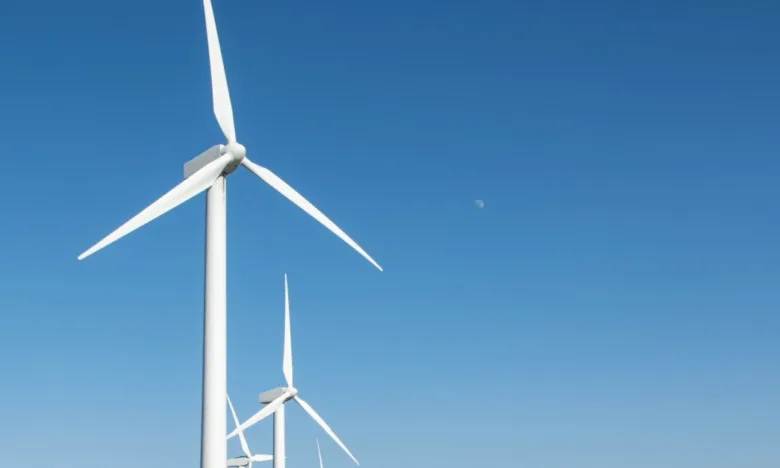
5 Practical Ways to Participate in the Circular Economy
- August 21, 2024
The circular economy has become a buzzword for waste management and recycling strategies to reduce carbon emissions. It entails closing the loop for end-users with devices, gadgets, and garments that have reached the end of their life cycles.
Instead of disposing of these items and contributing to electronic waste (e-waste), consumers can become more mindful of better recycling practices.
When we think about it, the circular economy makes use of some basic recycling principles, but with longer-term goals for why we do it.
Investing in a circular economy means more than simply recycling. Rather, it broadens the scope of how we consume resources, managing how we use these, and the ways we can handle these resources at the end of their usable lifespan.
1. Shift to a less impulsive device-buying mindset.
While it may be very tempting to replace our gadgets as soon as the latest models hit the market, we could benefit from curbing our craving to acquire the hottest smartphone, tablet, or laptop, especially when the units we use are perfectly usable a year or two into our usage.
Marketing professionals are adept at pressing our buttons to buy, buy, buy. However, we need not be yanked by our impulses to replace last year’s model. We can do this by evaluating what practical features these newer models have against our current ones. Doing this allows us to see that many upgrades aren’t critical at all, but rather small enhancements we can probably do without (until maybe next year or so!)
2. Be mindful of single-use plastic consumption.
Here in the Philippines, single sachets are very common because they’re cheap and convenient. However, this can have some harmful effects on the environment.
According to the Food Packaging Forum, 164 million sachets are sold daily in our country. A study from Arownana shows that the Philippines produces about 2.7 million tons of waste plastic every year. The improper disposal of these plastics lead them often getting stuck in waterways and drainage systems, especially in heavily populated urban neighborhoods.
Bringing cloth shopping bags may seem like a small gesture, but it’s a meaningful one. Re-using microwaveable containers instead of throwing them out is another good example of this step, too.
3. Learn how to “upcycle” and re-purpose.
Instead of throwing out gadgets, clothing, and furniture we’ve grown tired of, we can find uses to extend the life of some items that have lived beyond their lifespan.
We Filipinos are very creative and resourceful. More often than not, we find new ways to use old appliances, pieces of furniture, and clothing.
“Upcycling” is recycling with an elevated edge. This means that something old becomes almost new and shiny again, thanks to creativity and imagination. Old cabinets become fancy TV storage units. Antiques become quirky and chic art pieces.
Last June, an upcycling summit called “Codesigning Sustainability” was held at the Cebu I.T. Park, and was the fruit of collaboration between the Manila Cultural and Economic Office (MECO) and the Taipei Economic and Cultural Office (TECO). The summit was focused on exploring best sustainable design practices and brought together industry leaders and innovators.
4. Evaluate and donate old clothing.
Spring cleaning is good practice for evaluating the clothes just sitting in our closets.
Perhaps many outdated pieces can be revitalized by re-purposing them. Old shirts can be made into several new items that can either be worn or used in new ways.
Alternatively, many of these clothing items can have a second life when we donate them, instead of throwing them out. NGOs and charitable institutions are always open to accepting old, but still wearable clothes. Cebu has a few Facebook groups such as Cebu Free Stuff and Cebu Declutter and Donate where one may donate old but usable items and clothing.
5. Simply…try buying less.
In our consumer-crazed culture, it’s almost automatic for us to stock up and buy items we may not even need. It’s important to check some of the privileges that we may have and think about whether we need most of the items we buy. It may feel like a large ask, but in the long run, small gestures like being a more mindful consumer have big and meaningful results.



